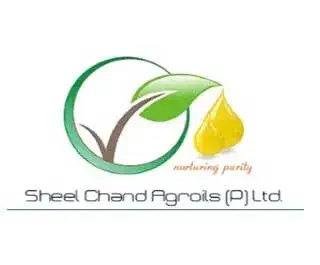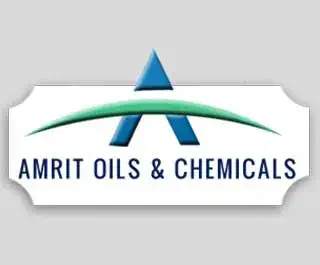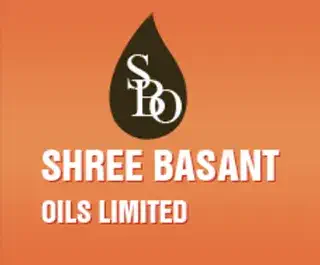bleaching
We believe in providing top quality workmanship and are so confident in our level of service that we back.
We believe in providing top quality workmanship and are so confident in our level of service that we back.
The vegetable oil bleaching process is a crucial step in refining edible oils to remove impurities and improve their color, flavor, and shelf life.
The vegetable oil bleaching process begins with pre-treatment of the crude oil, which includes degumming and neutralization. Degumming removes phospholipids, while neutralization eliminates free fatty acids. Once these preliminary steps are complete, the oil is ready for the bleaching stage.
While the process may seem simple, the parameters under which it is conducted are critical. Moisture levels, temperature, contact time and vacuum are just a few of the parameters that affect the process.
efining process.
There are 3 processes via which bleaching can be executed:
1) Mixing Chemical
2) Bleaching
3) Filtration
In the bleaching plant, the oil is mixed with bleaching earth or activated carbon, which are adsorbent materials used to attract and bind impurities. These impurities can include pigments like chlorophyll and carotenoids, as well as traces of metals and oxidation products that affect the oil’s quality.
The process involves heating the oil to a specific temperature, usually between 85°C to 110°C (185°F to 230°F), to enhance the efficiency of the adsorbents. The oil-adsorbent mixture is then agitated to ensure thorough contact between the oil and the adsorbents. This mixture is typically processed under vacuum to prevent oxidation and degradation of the oil.

After sufficient contact time, which can vary depending on the type of oil and the extent of impurities, the oil is filtered to separate the spent adsorbents from the bleached oil. The filtration process is critical, as it ensures that no adsorbent residues remain in the final product.
The clarified oil, now free of unwanted colorants and contaminants, is then subjected to further refining steps, such as deodorization, where any remaining odors and volatile compounds are removed. This results in a high-quality, stable, and visually appealing vegetable oil suitable for consumption.
The vegetable oil bleaching process within a bleaching plant is a meticulously controlled operation designed to purify and enhance the quality of edible oils. By effectively removing impurities and improving the oil’s properties, this process plays an essential role in the production of refined vegetable oils.

Strategies to ensure proactive domination. At the end of the day,User generated content in real-time will have multiple touchpoints for offshoring.























Discover some of the most asked questions regarding Bleaching plant.
A bleaching plant is a facility where edible oils and fats are treated with bleaching agents to remove color pigments, impurities, and other unwanted substances, enhancing the oil’s appearance and quality.
Bleaching is necessary to remove color pigments, such as carotenoids and chlorophyll, as well as trace metals and other impurities that can affect the oil’s color, flavor, and stability.
Common bleaching agents include activated clay (bleaching earth), activated carbon, and synthetic adsorbents. Each agent has specific properties suited for different types of oils.
The process involves mixing the crude oil with a bleaching agent, which adsorbs the color pigments and impurities. The oil is then filtered to remove the spent bleaching agent and contaminants.
Benefits include improved oil color, enhanced visual appeal, reduced off-flavors, and increased stability of the final product.
Environmental considerations include managing waste generated from spent bleaching agents, ensuring proper disposal or recycling, and minimizing water and energy use.
Bleaching is a key step following degumming and alkali refining, and it precedes deodorization. It prepares the oil by improving its color and removing impurities before further refining.